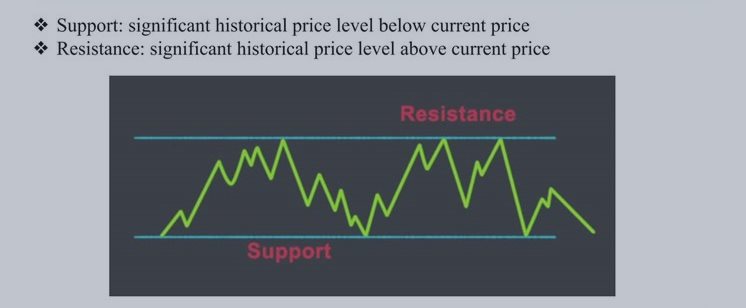
VIDEO LESSON - Price Action: Candlestick Indicators in Price Action Trading
1 May 2015, 21:11
0
1 043
Since candlestick and bar charts are the fundamental interface of the
price action trader, the most basic unit is the candle or bar itself.
Candles sum up the price action over a set period of time: on a 5 minute
chart, each candle represents 5 minutes of price behavior, whereas on a
daily chart, only one candle is produced per day. The body of the
candle constitutes the range between the open price and close price,
whereas the wicks or shadows of the candle indicate the high and low
over that period of trading. Various color schemes are used to determine
whether the price movement represented by the candle is bullish
(increasing in price) or bearish (decreasing in price); bullish candles
are usually white, blue, or green, whereas bearish candles are usually
black or red.
- Longer candle bodies demonstrate strong momentum and decisive market behavior in the movement from open to close; longer shadows, however, demonstrate increased volatility, since some prices were reached during the time period but ultimately excluded from the range between open and close.
- Smaller candles can indicate the market's indecision, disinterest, or a balance between bullish and bearish forces.
A doji or small candle with a very long wick in one direction is
referred to as a pin bar, which is often interpreted as a sign of
potential trend reversal.
By contrast, a marabuzo candle has a large body, and almost no wick, implying that price action has been more definitive.
There are two important, rudimentary patterns that play out over at least 2 candlesticks:
- An outside bar is a bar with a higher high and a lower low than the previous candlestick, often with a body that also encompasses the price range of the previous bar's body; an alternative variation is the engulfing bar, which simply has a higher open and a higher close, regardless of the candle's shadows or wicks.
- By contrast, an inside bar is a bar, or series of bars, with a high and low encompassed by the preceding candle; in this case, the variation is the harami, a bar or series of bars with an open and close within the range of the bar preceding it.


